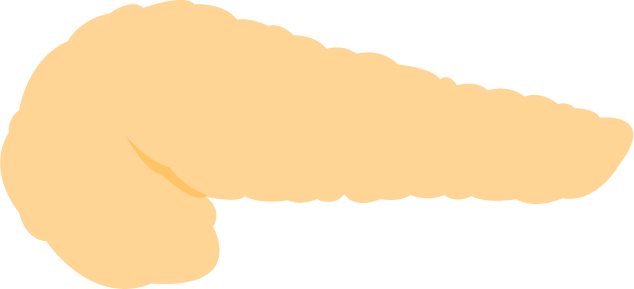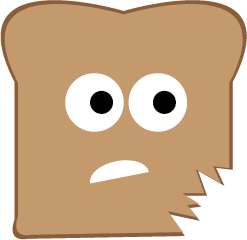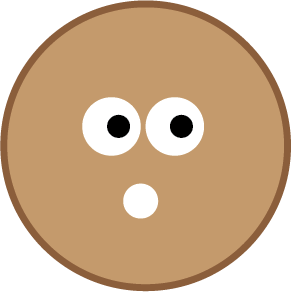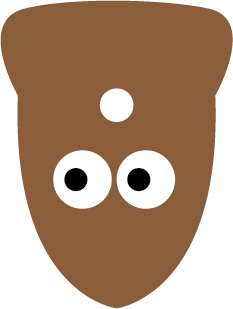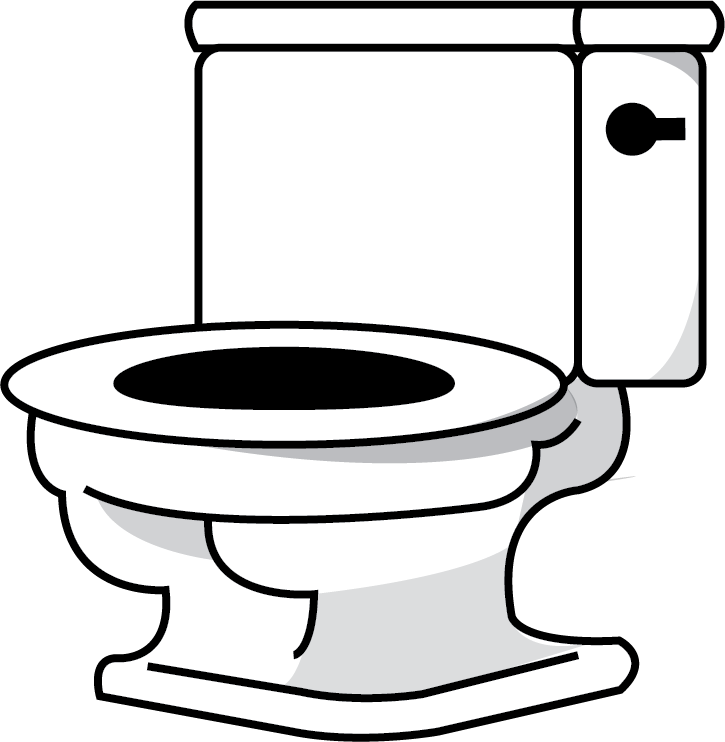

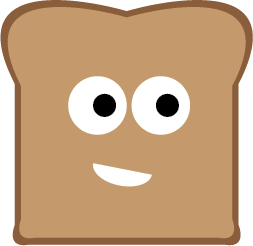


As the teeth tear and chop the food, saliva moistens it for easy swallowing. A digestive enzyme called amylase, which is found in saliva, starts to break down some of the carbohydrates before it leaves the mouth.
Swallowing, which is accomplished by muscle movements in the tongue and mouth, moves the food into the throat.
A flexible flap of tissue called the epiglottis (pronounced: ep-ih-GLAH-tus) reflexively closes over the windpipe when we swallow to prevent choking.
From the throat, food travels down a muscular tube in the chest called the esophagus (pronounced: ih-SAH-fuh-gus).
Waves of muscle contractions called peristalsis (pronounced: per-uh-STALL-sus) force food down through the esophagus to the stomach.
At the end of the esophagus, a muscular ring called a sphincter (pronounced: SFINK-ter) allows food to enter the stomach and then squeezes shut to keep food or fluid from flowing back up into the esophagus.
The stomach muscles churn and mix the food with acids and enzymes, breaking it into much smaller, more digestible pieces. An acidic environment is needed for the digestion that takes place in the stomach.
The duodenum is the first and shortest segment of the small intestine. It receives partially digested food from the stomach and plays a vital role in the chemical digestion in preparation for absorption in the small intestine.
Many chemical secretions from the pancreas, liver and gallbladder mix with the partially digested food in the duodenum to facilitate chemical digestion. These accesory organs are important for healthy digestion.
The small intestine is made up of three parts:
The inner wall of the small intestine is covered with millions of microscopic, finger-like projections called villi (pronounced: VIH-lie). The villi are the vehicles through which nutrients can be absorbed into the body.
By the time food reaches the large intestine, the work of absorbing nutrients is nearly finished. The large intestine's main function is to remove water from the undigested matter and form solid waste that can be excreted.
The colon has three parts: the ascending colon and transverse colon, which absorb water and salts, and the descending colon, which holds the resulting waste. Bacteria in the colon help to digest the remaining food products.
The rectum is the final segment of the large intestine that connects the colon to the anus. It stores fecal matter produced in the colon until the body is ready to eliminate the waste through the process of defecation.
The anus, or anal canal, is the final segment of the gastrointestinal tract. It acts as the orifice that feces pass through during defecation.
Waste is eliminated from the body through defecation.
